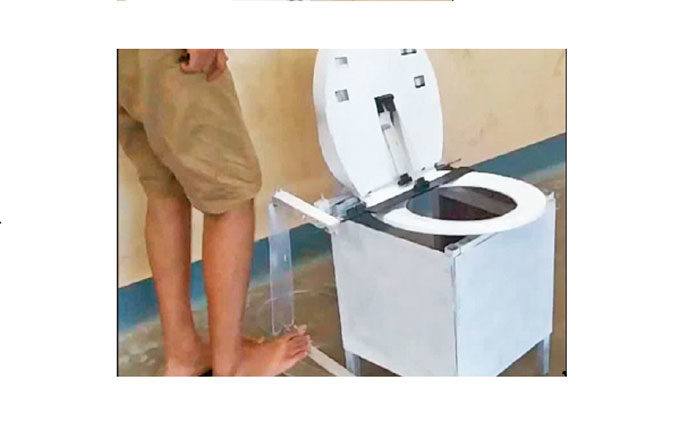Currently, the public toilet experience in India can be summed up, by and large, as horrible. The public toilet can spread different types of diseases. Although, it is used by many unrelated people, that we can’t sure their identity.
Generally, many disease-causing organisms survive on the surface of the seat. To get infectious, the germs would have to be transferred from the toilet seat to your urethral or genital tract, or through a cut or sore on the buttocks or thighs, which is possible but very unlikely.
According to analysis, almost 30% of Indian women in the age group of 25 years to 50 years suffer from urinary tract infection (UTI) at some point in time.
To make safer use of public toilets, a team of five students from IIT Madras has developed a mechanical device. The students have developed a hands-free device that lifts, sanitizes and wipes a toilet seat.
The toilet just comprises a simple foot pedal at the base of the commode that lifts, sanitizes and wipes the seat.
Almost 150 million urinary tract infections per annum worldwide cost the global economy in excess of $6 billion. In addition, the Urinary tract is the second most common infection. About 40% to 50% (of women) will suffer at least one clinical episode during their lifetime.
One of the team members, Arvind Pujari said, “A lot of people contract UTI due to the use of unhygienic public toilets. We met a person from a corporate environment suffering from UTI as he uses public toilets a lot. So our team of Sahay, a group we formed to develop socially relevant technologies, decided to work on a solution at the Centre for Innovation at IIT Madras.”
The students took five months to develop the device, which can be fitted to the existing toilet structure as an add-on.
Pujari said, “And one doesn’t have to use the hands.”
